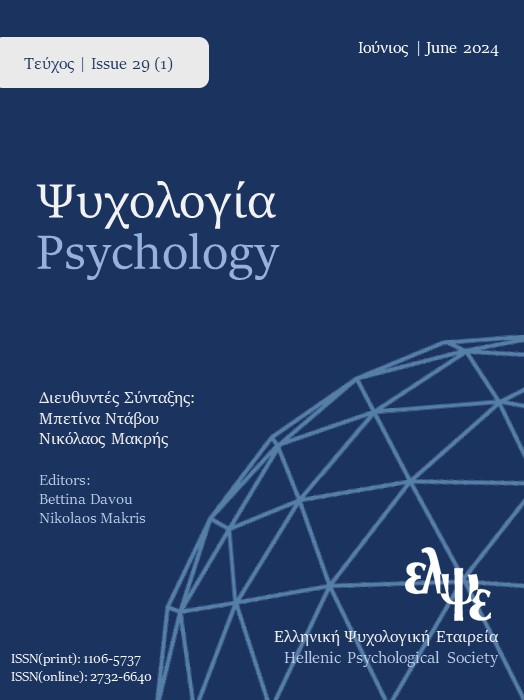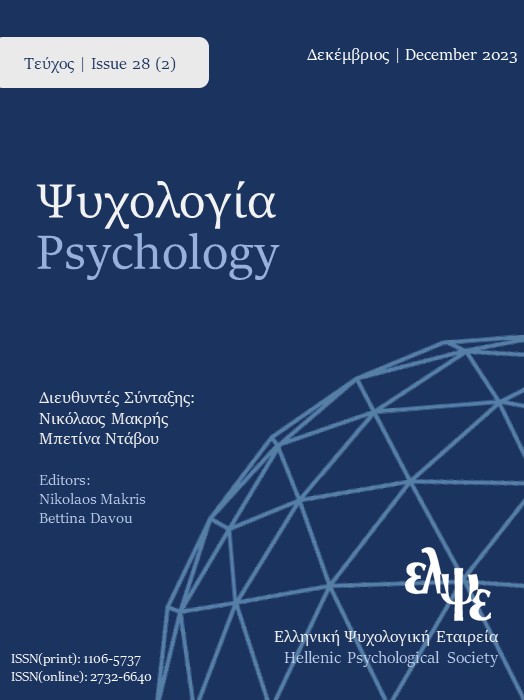Quantity and quality of book reading to infants and toddlers: their effect on early communication and language development

Abstract
Among the various parent-child interactions taking place in a typical family context, interactive shared book reading (ISBR) has been shown to have a superior value in fostering language development. Although many studies have established the linguistic benefits of ISBR in preschoolers, results on children younger than 3 years are scarce. This cross-sectional parental report study explores the contribution of the quantity and quality of shared book reading to the communicative and language skills of a large sample of infants and toddlers growing up in Greek-speaking families. The parents of 740 children aged 6 to 36 months filled in the Interactive Shared Book Reading Strategies Questionnaire that assesses the number and frequency of interactive strategies adopted by caregivers during shared book reading. Parents were also administered the Communication Development Report, a standardized instrument for assessing Greek-speaking children's communication and language skills. Results are presented on (a) shared book reading quantity (frequency) and quality (interactive strategies), (b) the effect of these two factors on children's nonverbal communication (nonvocal and vocal), as well as their language development (comprehension, expressive vocabulary, morphology, and syntax), and (c) the effect of several contextual factors on this association. Results highlight the large effect of both the quantity and the quality of shared book reading in different dimensions of the children's communication and language. Birth order, siblings, and maternal education affected the quantity (but not the quality) of shared book reading. Overall, results confirm and extend previous findings regarding the benefits of shared book reading to children's vocabulary, morphology and syntax, pointing to the significant contribution of its quality rather than its quantity. They also add interesting findings regarding the significant contribution of shared book reading to children's nonverbal communicative skills. Results are discussed based on previous relevant findings for their theoretical implications. Their applied interest in the early prevention of language difficulties is also discussed.
Article Details
- How to Cite
-
Karousou Α., & Economacou, D. (2024). Quantity and quality of book reading to infants and toddlers: their effect on early communication and language development. Psychology: The Journal of the Hellenic Psychological Society, 29(1), 1–27. https://doi.org/10.12681/psy_hps.34486
- Section
- RESEARCH PAPERS

This work is licensed under a Creative Commons Attribution-ShareAlike 4.0 International License.
The journal PSYCHOLOGY adopts a Platinum open-access policy. Submission, processing or publication costs are waived by the Hellenic Psychological Society. Papers published in the journal PSYCHOLOGY are licensed under a 'Creative Commons Attribution-ShareAlike 4.0 International' licence. The authors reserve the copyright of their work and grant the journal the right of its first publication. Third-party licensees are allowed to use the published paper immediately after publication as they wish, provided they retain the defined by the license copyright formalities, regarding the reference to its author(s) and its initial publication in the journal PSYCHOLOGY. Moreover, any adjusted work should be shared under the same reuse rights, so with the same CC license.



